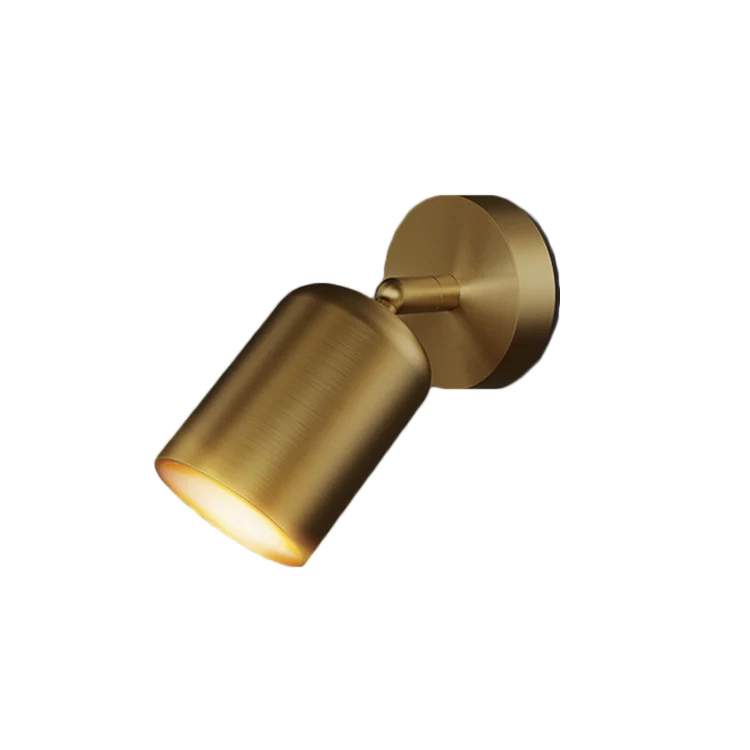LEAFLETS
PRODUCTS
Table Lamp Functional Beauty
Illumination: The Core Function
At its heart, a table lamp’s primary function is illumination. This seemingly straightforward task is surprisingly nuanced. The effectiveness of a table lamp hinges on several factors: the type of bulb used (incandescent, LED, halogen), the lampshade's design and material (affecting light diffusion and direction), and the overall wattage. A well-designed lamp will offer adjustable brightness, perhaps through a dimmer switch, allowing users to tailor the light intensity to their needs, from a bright, focused beam for reading to a soft, ambient glow for relaxation. The color temperature of the light is also crucial; warmer tones create a cozy atmosphere, while cooler tones are more suitable for tasks requiring concentration.
Beyond mere brightness, the quality of light is paramount. Harsh, glaring light can strain the eyes and create discomfort, while soft, diffused light is far more pleasing and conducive to well-being. The shape and material of the lampshade play a vital role in achieving this desired light quality. A translucent shade will diffuse light gently, minimizing shadows and creating a soft, even glow. An opaque shade, on the other hand, will direct the light more intensely, ideal for task lighting. The strategic placement of the lamp is also crucial; positioning it correctly can minimize shadows and maximize the effectiveness of the light.
Aesthetics: Enhancing the Space
While illumination is the primary function, the aesthetic contribution of a table lamp is equally significant. A well-chosen table lamp can dramatically alter the atmosphere of a room, complementing its existing décor and adding a touch of personality. The design elements – the base material (metal, wood, ceramic, glass), the shape of the shade (conical, cylindrical, bell-shaped), and the overall style (modern, traditional, minimalist) – all contribute to its visual impact.
The table lamp’s aesthetic contribution extends beyond its individual style. It serves as a focal point, drawing the eye and creating visual interest. A striking lamp can anchor a room’s design scheme, serving as a centerpiece on a side table or desk. Conversely, a more understated lamp can blend seamlessly into the background, providing subtle illumination without dominating the space. The interplay between the lamp's form and the surrounding décor is crucial in creating a cohesive and visually appealing environment. The material and color of the lamp should complement the existing palette, creating a sense of harmony and balance.
Materiality and Craftsmanship: A Tangible Experience
The materials used in crafting a table lamp significantly influence both its functionality and aesthetic appeal. High-quality materials, such as solid wood, polished metal, or hand-blown glass, not only enhance the lamp's visual impact but also contribute to its longevity and durability. The craftsmanship evident in the details—the precise joinery, the smooth finish, the intricate detailing— speaks to the quality of the piece and adds to its overall value.
The tactile experience of interacting with a well-crafted lamp is an important aspect of its appeal. The weight and texture of the base, the smoothness of the shade, the satisfying click of a switch – these subtle details contribute to the overall sensory experience. A lamp made from natural materials like wood often evokes a sense of warmth and natural beauty, while a sleek, metallic lamp might convey a sense of modernity and sophistication. The material choices directly influence the emotional response the lamp evokes.
Scale and Proportion: Harmony in Design
The scale and proportion of a table lamp are critical to its success. A lamp that is too large will overwhelm a small space, while a lamp that is too small will be lost and ineffective. The lamp's dimensions should be carefully considered in relation to the surrounding furniture and the overall scale of the room. A larger lamp might be appropriate for a spacious living room, while a smaller lamp would be more suitable for a cozy bedroom or a compact office.
Proportion also plays a crucial role in the lamp's visual harmony. The relationship between the base and the shade should be balanced and aesthetically pleasing. A large, heavy base might require a proportionally larger shade, while a slender base might be better suited to a smaller, more delicate shade. Careful consideration of these proportional relationships ensures that the lamp is not only functional but also visually appealing.
Beyond Function and Aesthetics: Symbolism and Personal Expression
Finally, a table lamp can transcend its purely functional and aesthetic roles to become a symbol of personal expression and a reflection of individual style. The lamp chosen for a space can communicate something about the inhabitant's taste, personality, and values. A vintage lamp might suggest a love of history, while a modern minimalist lamp might reflect a preference for clean lines and simplicity. The lamp becomes a personal statement, a carefully chosen element that contributes to the overall narrative of the space.
In conclusion, the functional beauty of a table lamp extends far beyond its ability to illuminate a room. It is a testament to the power of thoughtful design, a harmonious blend of practicality, aesthetics, and personal expression. By carefully considering the factors outlined above, we can choose table lamps that not only serve their purpose effectively but also enrich our living spaces and enhance our daily experiences, transforming a simple functional object into a cherished piece that adds warmth, comfort and character to our homes.
SUBSCRIBE
INQUIRY










